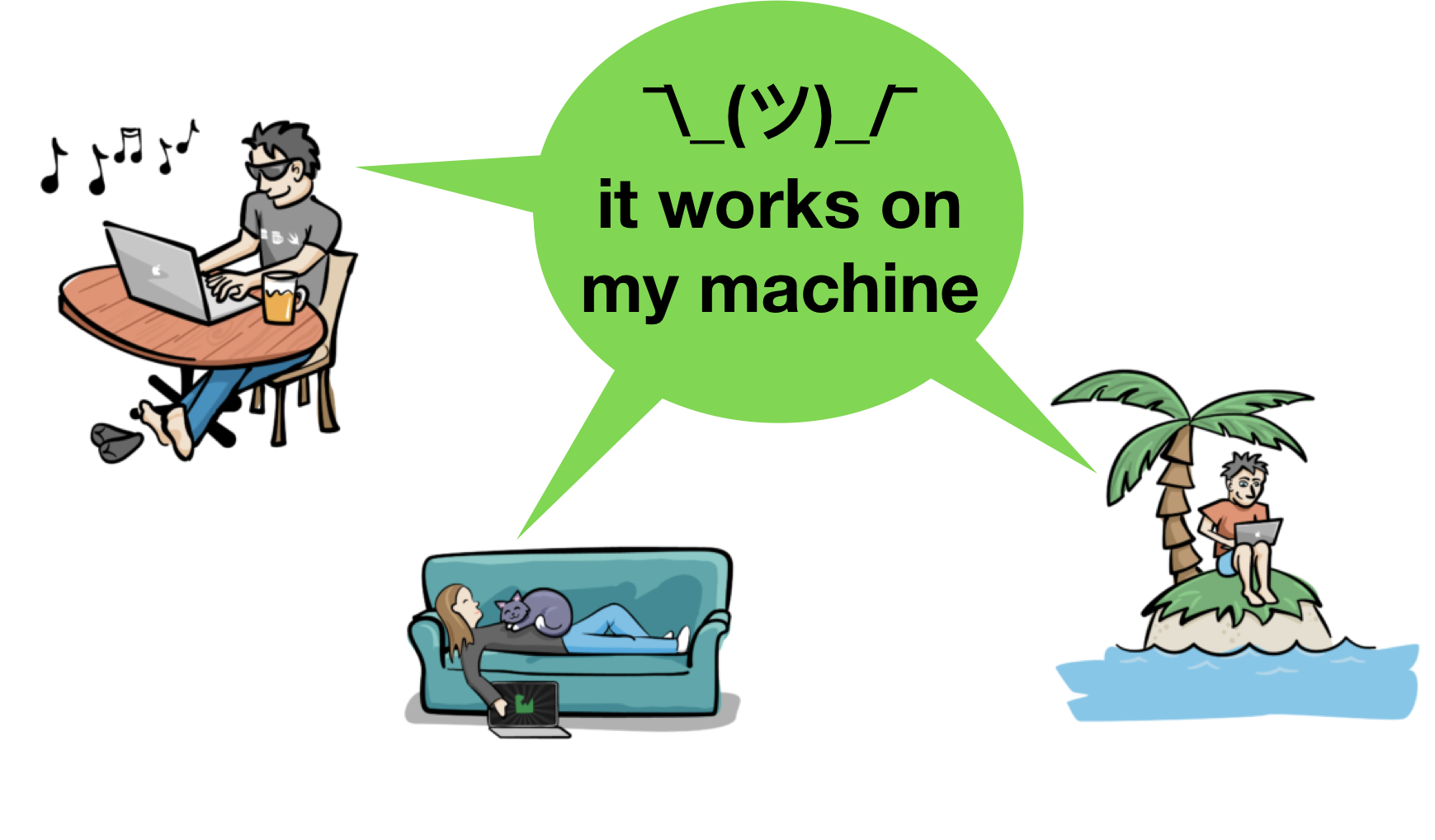

Copy them to the folder alongside your ISO image. We have now mounted the ISO image and opened the folder with vmlinuz and initrd, which we’re looking to extract.

We’re looking for the FDisk_partition_scheme partition. In order to determine which partition number N to use, check the output of the hdiutil attach command: ❯ sudo hdiutil attach -nomount focal-desktop-arm64.iso
#Is docker for mac free how to#
Sudo mount -t cd9660 /dev/diskN /Volumes/Ubuntu # see below for how to determine N Sudo hdiutil attach -nomount ~/Downloads/focal-desktop-arm64.iso Then we follow the instructions as laid out in Jacopo’s README: sudo mkdir /Volumes/Ubuntu I didn’t do a whole lot of research and ended up downloading an image from this link: 64-bit ARM (ARMv8/AArch64) desktop image. To get this to work we need an ARM Linux ISO image. In fact many of them are simple copy-and-paste commands for the command line. fix an issue with aufs, which (I believe) is due to running from a live CD.build the command line client vftool to launch the VM.extract the kernel and initrd files from it.Here’s an outline of what’s needed to run this experiment: The latter is the project I used in my first successful attempt to run a Postgres database in Docker on an M1 machine. This piqued my interest, because once we’ve got Linux running, adding Docker is but a small step.Īlongside Jacopo’s project there are a few others that aim to do the same thing: He has created a command line utility that uses Apple’s Hypervisor framework to boot a Linux VM. And so in my search for better alternatives I came across a tweet by Jacopo Mangiacacchi. While this works fine, it’s not the most speedy way to run Docker. So I’m going strap it onto my Macbook Air once it arrives, ARM in ARM they’ll go. The M1 may not support yet but this little guy does. And for me, high on that list of tools is Docker.Īs of writing, Docker for Mac does not run on Apple Silicon, and so my quest for a work-around began even before I received my M1 Macbook Air, by setting up a Raspberry Pi with Docker and connecting to it over the network. If you’re anything like me, you’ve been both terribly excited to get your hands on a Mac with an M1 chip – but at the same time apprehensive if all your favourite dev tools are going to work on it.


 0 kommentar(er)
0 kommentar(er)
